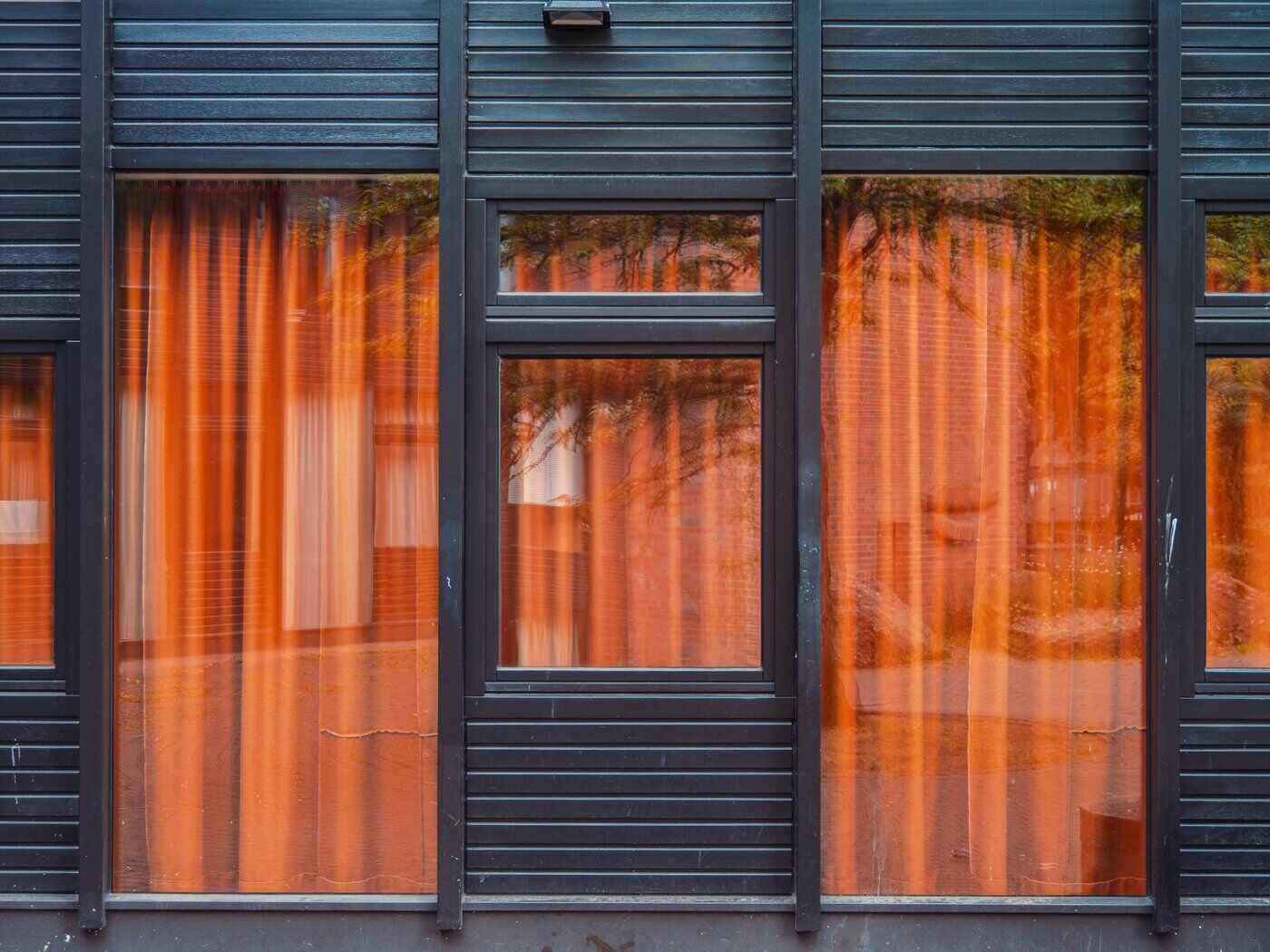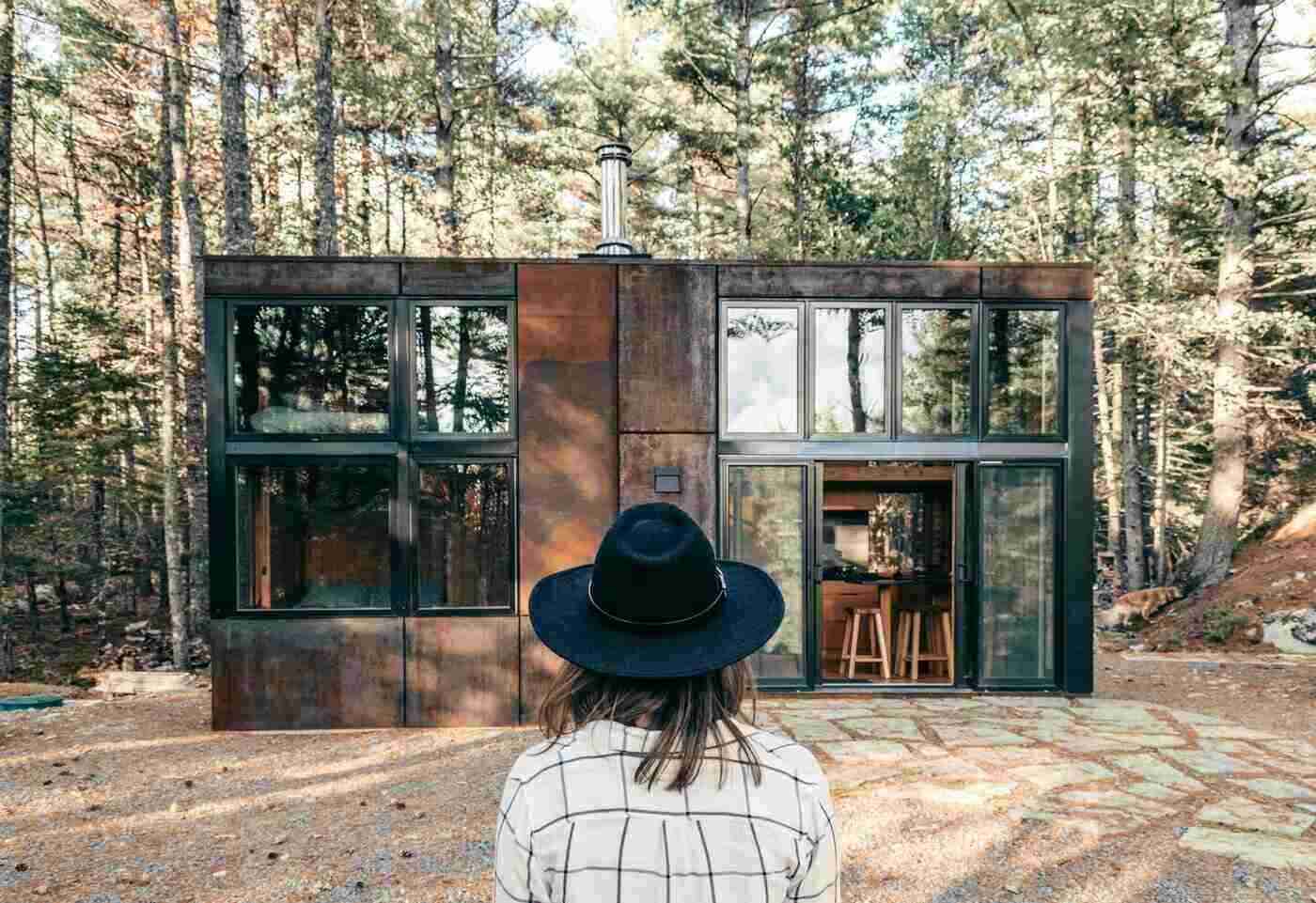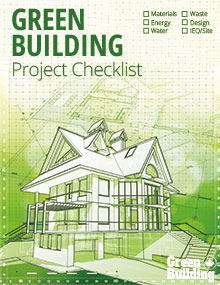Modular homes are often pitched as a low-cost, environmentally friendly alternative to conventional, site-built homes. With many people priced out of the conventional housing market and looking to keep monthly energy costs down, these homes are starting to look more and more attractive.
Are modular homes on your radar? This article will answer some basic questions and highlight some home manufacturers who are really building green in Canada.
What is a Modular Home?
Modular homes are simply homes built in modules at a factory rather than at a building site. Homeowners work with the manufacturers, along with their own builders, to design a home that suits their needs. Homeowners can choose from pre-existing plans or create a custom design.
The builder is responsible for preparing the building site and excavating a foundation for the house to sit on, as well as utility and sewer hookups. The modular home manufacturer builds the home itself. Most manufacturers will have options that let homeowners decide whether to have the manufacturer complete finishings like cabinetry and trim or to let the on-site builder (or the homeowner) do it themselves.
Once the modules are completed, they’re trucked to the building site and assembled on the prepared foundation. After assembly, the finishing work looks much like it would with any conventional home.
Are Modular Homes Greener?
In terms of their “green” value, modular homes outcompete conventionally built new homes in a few different areas. The first is waste reduction. Since each manufacturer is building many of the same component parts, materials can be cut more precisely and scrap materials used on the next project instead of thrown away.
The second is likely to be emissions. One 2012 study in the Journal of Industrial Ecology collected construction data from three modular companies and five conventional homebuilders and found that “GHG emissions from conventional construction were about 40% higher than for modular construction.”
The study authors caution that manufacturing processes vary widely, however. They also caution that emissions will partially be determined by the location of the manufacturing facility (which determines how much fuel workers will spend getting to the job and how much fuel will be spent transporting the completed project to the building site). In addition, factors such as the size of the facility, how well insulated it is and even the time of year that construction projects are being completed will impact a manufacturer’s emissions.
The third way modular homes can have an advantage over conventionally built homes is in energy efficiency. Since these homes are built under factory conditions, they can test for, and achieve, a tighter building envelope. That’s not to say that all manufacturers do, though.
How environmentally friendly a modular home is depends largely on the manufacturer’s, and the homeowner’s, priorities. As with any home, a modular home could incorporate water-saving measures, renewable energy sources, waste management strategies and sustainable finishing materials.
Like conventionally built homes, modular homes can be designed to hit very strict environmental building standards. That said, it’s important to note that eco-friendly features aren’t automatically included with all modular homes. Many, like solar panels, might be upgrades. Others, like exclusively FSC-certified lumber, might not be possible with your manufacturer. Talk to the company about the materials they use and the green options they offer.
Are Modular Homes More Affordable?

Consumer Affairs’ Kate Williams says that while buying an existing home is less expensive than buying a new modular, building a new modular home will generally cost “10 to 20 percent less” than building a new, conventional home on-site. She notes, however, that “modular home prices vary widely and can range from under $100,000 to over $1 million.”
The cost of any modular home depends not just on whether you go for fancy upgrades, but also on basic things like how far you are from the factory where your modular home is being built. In addition, you’ll need to factor in transportation costs, plumbing, electrical and sewer hookups, permits, customizations and, most importantly, land, as you’re budgeting for a modular home.
Modular Home Manufacturers in Canada
There are lots of modular home manufacturers across the country. Many, but not all, will follow green building practices and offer eco-conscious options for homeowners. Here are just a few of the companies who make green building central to their practices.
Écohabitation
Écohabitation, the Quebec affiliate of Ecohome, offers prefab homes that are designed to meet Passive House, Zero Energy Ready and/or LEED certifications. Some of their offerings are modular, while some are panelized. All are worth mentioning for their high performance.
Their Eco-Habitat S1600 homes, for example, are designed to maximize energy performance, with double-framed wall construction, recycled cellulose insulation, wood fiber insulation panels and R6 rated, triple-glazed windows. Solar air heating panels and a heat pump warm the home, while gray water heat recovery units lower the energy used for hot water heating.
In addition to energy efficiency, this home features sustainable and recyclable exterior finishes like steel and cedar. Interior finishings are non-toxic, natural and VOC-free. You can even get a charging station for your electric vehicle. The Eco-Habitat S1600 is 1600 ft2 and offers 3 bedrooms. Many other models are available from Écohabitation, ranging in green features, square footage, style and bedroom count.
KITHOUSE
Winnipeg’s KITHOUSE aims to make high-performing, energy-efficient homes more affordable for everyone. The KITHOUSE Premiere, its first offering, is designed to meet Passive House and Net Zero Energy standards. It makes use of passive solar shading and can be fitted with a 7.8 kW PV solar system.
The superinsulated walls and floor system avoid thermal bridging and are made of formaldehyde-free, renewable materials. The 800 ft2 home comes with 2 bedrooms. While there’s currently a single model, the home is highly customizable and more models are planned for the future.
Method Homes
While not a Canadian company, Method Homes does have contractors in British Columbia and Alberta. Their homes are designed to meet LEED, Passive House, ENERGY STAR and Living Building Challenge standards. Materials like formaldehyde-free, low-zero VOC finishes, FSC-certified hardwood floors and locally harvested timber come standard with every home.
Method Homes offers many different series of home designs, some of which are net zero energy and include solar systems. Their Zero Net Energy packages make use of passive solar design, heat recovery or energy recovery ventilators, greywater heat recovery systems and high-efficiency heating and cooling systems. The designs, square footage and numbers of bedrooms and bathrooms varies depending on the series and the floorplan you choose.
Feature image: Enrique Hoyos; Image 1: Daniel von Appen



i can’t get your contact form to accept my email address. very strange!
Unfortunately, forms sometimes give problems but you can email us at contact[at]greenbuildingcanada.ca
do you have a listing of ready to move/modular net zero ready homes in Alberta?
Are there, or can One be Built; Solar-Powered Modular Home